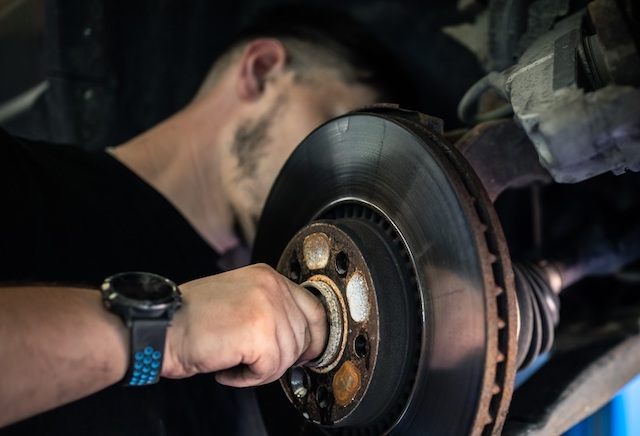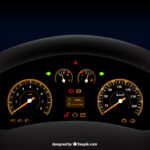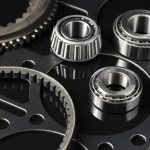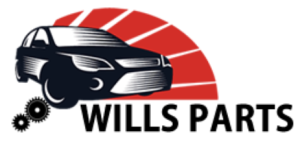Wheel bearing noise – what causes it and what to do?

A wheel bearing is probably to blame if your automobile has started generating a rumbling or grinding noise, the steering is shaky, or your tires are worn unevenly. The good news is that it can be fixed reasonably cheaply and easily at a garage, or if you know what you’re doing, you can even do it yourself.
What are wheel bearings?
Let’s start by defining wheel bearings. From a wheelbarrow to a juggernaut, they are a crucial component. They aid in a car’s smoothest possible motion over the road, which helps it use less fuel, last longer, and perform better. Wheel bearings function by sandwiching hardened rollers or ball bearings between two rings of metal. Then, oil is poured into the mechanism to shield the components from wear. It is supported on one side by a driveshaft or hub that allows the wheel to spin freely and with the least amount of resistance possible.
What causes wheel bearing noise?
These bearings may become worn or slack over time. If the grease has leaked out or if water, grit, or dirt has made its way inside, this wear will be increased.
At a service or MoT test, you can discover your issue for the first time. Modern vehicles are adept at isolating noise, and since the issue typically develops gradually rather than suddenly failing, it might be challenging for a driver to notice.
If you can hear it, it probably sounds like a grating, grinding, or rumbling that changes with the pace of the road and is unaffected by blipping the throttle or dipping the clutch.
Additionally, due to the worn bearing causing the wheel to wobble, you can hear a clicking sound and even feel a tremor through the steering wheel. It’s time to get it corrected if you’re at this point because it will effect how the car handles.
You must jack the car up and spin each tire separately to determine which one is noisy in order to do a DIY diagnosis. In order to listen for clonks and movement, it is also worthwhile to rock the wheel up and down.
How to fix wheel bearing problems
If you want to try fixing a noisy wheel bearing yourself, look out instructions in a workshop manual or online. On older cars, you might discover that all you need to do is lubricate the current bearing and tighten it. If you need to replace parts, carefully consider your options before attempting it yourself because you’ll need some fairly serious tools to force the bearing out and loosen seized bolts.
A wheel bearing kit’s and a hub assembly’s pricing should also be contrasted. If you are paying for a mechanic’s labor time, it might be more cost-effective to replace the entire hub due to the time and labor required to remove and replace the bearings alone.
The cost of parts will vary depending on a variety of circumstances, but you might be pleasantly surprised to learn that the same bearings may be utilized in a variety of vehicles. Online vendors are probably less expensive than a dealer or motor factor, but you should make sure they are reliable because it is alarmingly frequent for branded vehicle parts to be counterfeit. Make sure you are getting the correct component as well. There are a dizzying variety of bearings, with variations occurring even within the same car model and production year.
It will be worthwhile to check a directory to see if there is a bearing provider close to you if you are having trouble finding the proper part, as would be the case with a classic or specialty vehicle.







